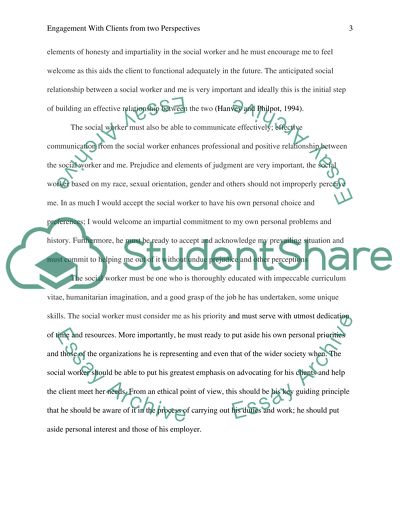Cite this document
(“ENGAGEMENT WITH CLIENTS FROM TWO PERSPECTIVES Essay”, n.d.)
ENGAGEMENT WITH CLIENTS FROM TWO PERSPECTIVES Essay. Retrieved from https://studentshare.org/psychology/1480399-engagement-with-clients-from-two-perspectives
ENGAGEMENT WITH CLIENTS FROM TWO PERSPECTIVES Essay. Retrieved from https://studentshare.org/psychology/1480399-engagement-with-clients-from-two-perspectives
(ENGAGEMENT WITH CLIENTS FROM TWO PERSPECTIVES Essay)
ENGAGEMENT WITH CLIENTS FROM TWO PERSPECTIVES Essay. https://studentshare.org/psychology/1480399-engagement-with-clients-from-two-perspectives.
ENGAGEMENT WITH CLIENTS FROM TWO PERSPECTIVES Essay. https://studentshare.org/psychology/1480399-engagement-with-clients-from-two-perspectives.
“ENGAGEMENT WITH CLIENTS FROM TWO PERSPECTIVES Essay”, n.d. https://studentshare.org/psychology/1480399-engagement-with-clients-from-two-perspectives.


